In a world where every heartbeat, step, and calorie burned can be tracked in real-time, wearable technology transforms personal fitness and healthcare into an interactive journey tailored just for you. Gone are the days of vague health assessments and generic workout plans; today’s wearables empower individuals to take charge of their wellness like never before. From smartwatches that monitor vital signs to fitness trackers that motivate you to break your own records, these innovative devices are not just accessories—they’re game-changers. Join us as we explore how this cutting-edge tech is redefining our approach to health and fitness, making it more personalized, engaging, and effective than ever.
What Is Wearable Tech?
Wearable tech refers to electronic devices that are designed to be worn on the body. These gadgets are often integrated with sensors and software to collect data about your health, fitness, and daily activities. Think of your Fitbit, Apple Watch, or even bright clothes that can monitor your body temperature, heart rate, and movement. But the cool thing is that wearable tech is constantly evolving – so what we see today is just the beginning.
Fitness at Your Fingertips
Gone are the days of vague guesses about your fitness progress. Tracking your workouts, steps, and calories burned with wearables has never been easier. These devices provide real-time data, giving you insights into how hard you work, whether you’re improving, or if it’s time to push yourself a little more. For fitness enthusiasts, wearables like the Apple Watch or Garmin fitness trackers can track everything from running pace to heart rate variability and blood oxygen levels. Some devices offer personalized workout plans based on your activity data, ensuring you’re always working out efficiently. Plus, fitness wearables can track your sleep quality, giving you a clearer picture of your overall health. After all, a good workout isn’t just about hitting the gym—it’s also about getting the right amount of recovery time.
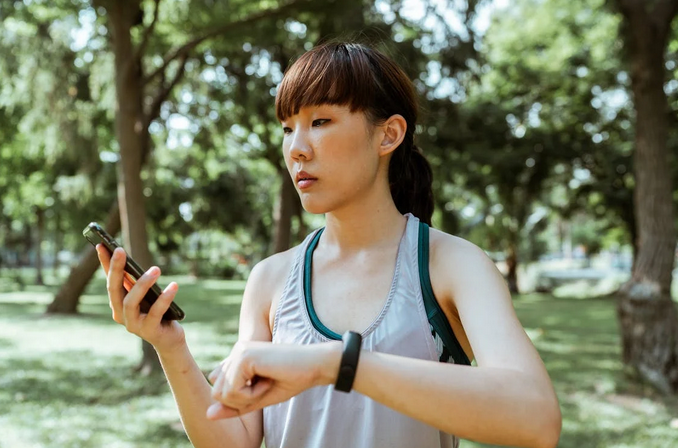
Wearables and Healthcare
While fitness tracking is one side of the coin, the potential of wearable tech in healthcare is even more exciting. Imagine a device that could detect irregular heart rhythms, blood sugar levels, or even early signs of dehydration before they turn into something serious. That’s the kind of power wearables are bringing to healthcare. Devices like the Apple Watch have already taken significant steps in this direction. The watch can track heart rate, take an ECG, and alert wearers to any signs of abnormal heart activity.
More advanced wearables can help manage chronic conditions by monitoring important health metrics continuously and sending real-time data to doctors. This means faster responses to potential issues and a more proactive approach to healthcare. Even more groundbreaking is the ability of wearables to detect early health warnings. For instance, wearable ECG monitors can help people detect signs of atrial fibrillation (AFib) or arrhythmias long before symptoms appear, potentially saving lives.
The Future of Wearables
As technology advances, wearable devices are likely to become even more sophisticated. We could see bright clothes that monitor muscle tension or contact lenses that track glucose levels for diabetics. With AI, wearables may soon offer hyper-personalized health insights, recommending adjustments to your daily habits, exercise routines, or diet. The intersection of fitness and healthcare will become even more seamless, giving people a holistic approach to their health. Rather than waiting for a doctor’s visit or experiencing symptoms, wearables could provide ongoing, real-time monitoring of key health metrics, empowering individuals to take charge of their own well-being.
Wearable tech isn’t just a trend—it’s the future of fitness and healthcare. Whether you’re an athlete trying to fine-tune your performance, someone managing a chronic condition, or just someone who wants to live a healthier life, wearables are here to stay. The possibilities are endless, and the more we learn to integrate these devices into our lives, the better we’ll be able to take control of our health and well-being.

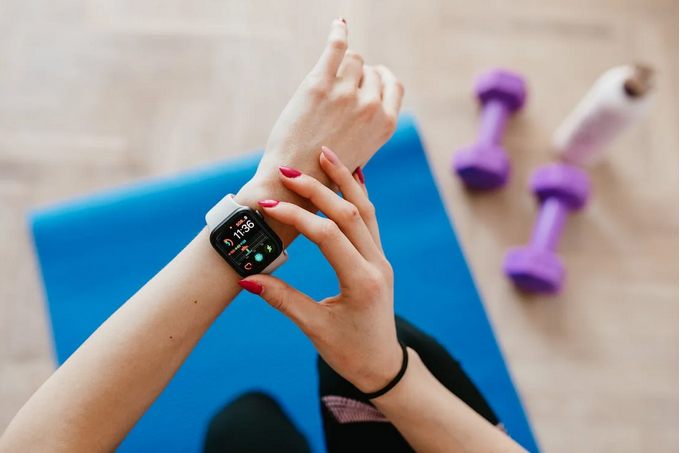
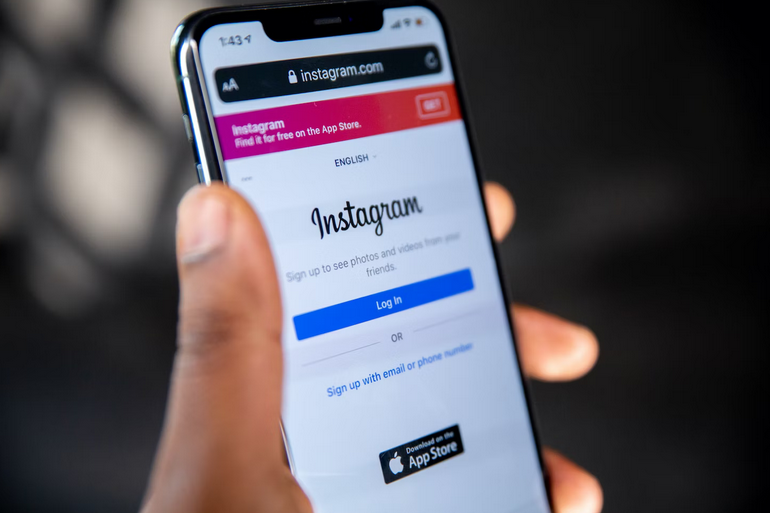

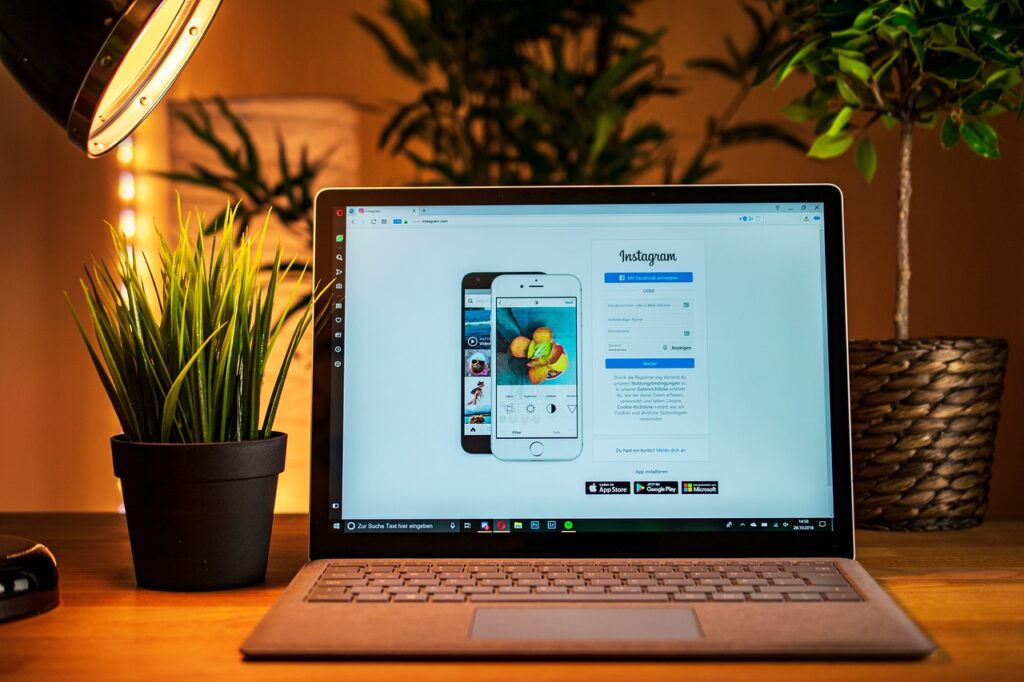
 One of the most effective ways to secure your Instagram account after buying followers is by utilizing two-factor authentication. This feature adds an extra layer of security to your account and ensures that only you can access it, even if someone has your password. To enable two-factor authentication on Instagram, go to your profile settings and select “Security.” From there, choose “Two-Factor Authentication” and follow the prompts to set it up. You’ll typically be asked to enter a phone number where you can receive verification codes or use a third-party app like Google Authenticator. With two-factor authentication enabled, anytime you log in from a new device or location, Instagram will send you a code that you must enter before gaining access. This means that even if someone has your password, they won’t be able to log in without also having access to the verification code.
One of the most effective ways to secure your Instagram account after buying followers is by utilizing two-factor authentication. This feature adds an extra layer of security to your account and ensures that only you can access it, even if someone has your password. To enable two-factor authentication on Instagram, go to your profile settings and select “Security.” From there, choose “Two-Factor Authentication” and follow the prompts to set it up. You’ll typically be asked to enter a phone number where you can receive verification codes or use a third-party app like Google Authenticator. With two-factor authentication enabled, anytime you log in from a new device or location, Instagram will send you a code that you must enter before gaining access. This means that even if someone has your password, they won’t be able to log in without also having access to the verification code. Keeping your software up to date is crucial in ensuring the security of your Instagram account. Software updates often include bug fixes and security patches that address vulnerabilities that cybercriminals can exploit. Neglecting to update your operating system, web browser, or other software regularly increases the risk of a hacker gaining access to sensitive information. Aside from fixing bugs and addressing security issues, updating software also improves its functionality. New features are added with each update which can enhance user experience and make managing your Instagram account easier. However, it’s important to be cautious when downloading updates, as some hackers create fake updates designed to look like legitimate ones. Always download updates directly from official sources such as Apple’s App Store or Google Play Store.
Keeping your software up to date is crucial in ensuring the security of your Instagram account. Software updates often include bug fixes and security patches that address vulnerabilities that cybercriminals can exploit. Neglecting to update your operating system, web browser, or other software regularly increases the risk of a hacker gaining access to sensitive information. Aside from fixing bugs and addressing security issues, updating software also improves its functionality. New features are added with each update which can enhance user experience and make managing your Instagram account easier. However, it’s important to be cautious when downloading updates, as some hackers create fake updates designed to look like legitimate ones. Always download updates directly from official sources such as Apple’s App Store or Google Play Store.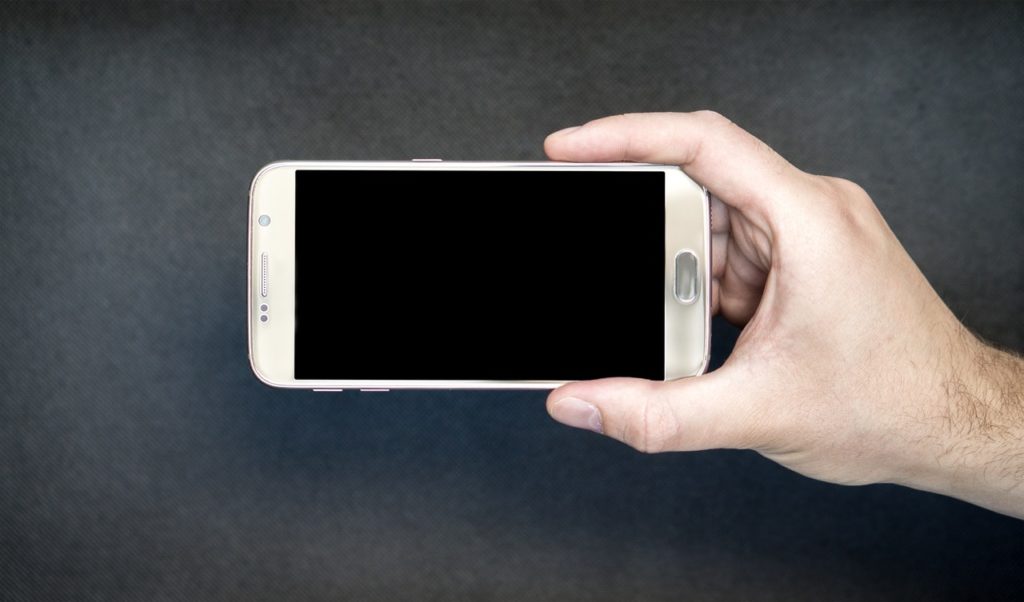
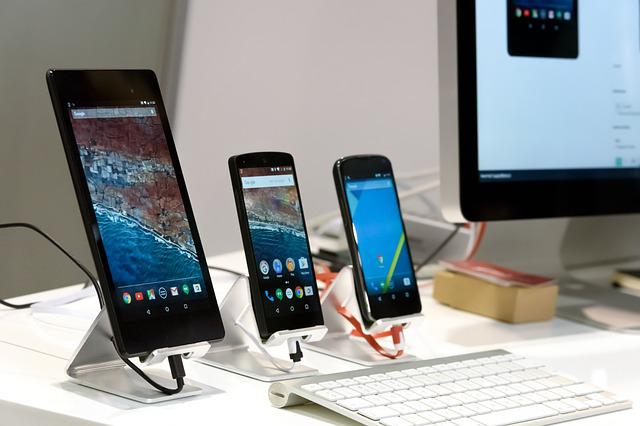


 You can only start faxing online if you already availed of a local
You can only start faxing online if you already availed of a local  Online faxing can be done anywhere and anytime. You don’t have to be in your office to check faxed documents. It is also easier to file and retrieve documents. This is because you can organize documents by assigning codes.
Online faxing can be done anywhere and anytime. You don’t have to be in your office to check faxed documents. It is also easier to file and retrieve documents. This is because you can organize documents by assigning codes.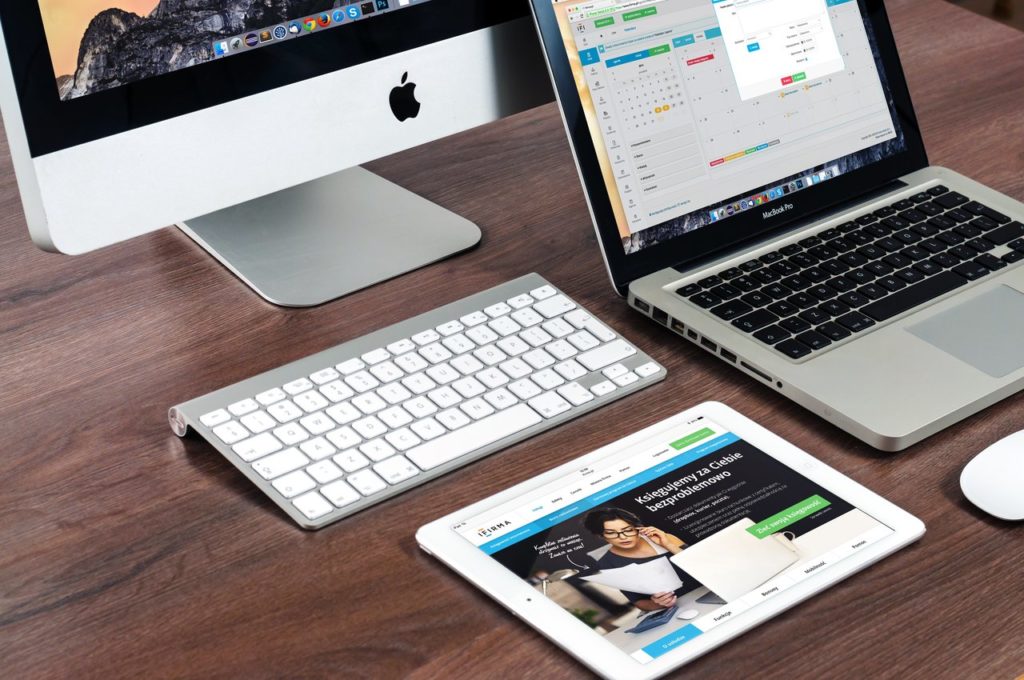
 If you haven’t updated your macOS for some time, you should check out the latest Apple information before starting the App Store. Go to the Updates tab and check that you have the newest macOS installed and running and make sure you have all updates installed. To repair a slow MacBook, you should first understand why its performance and speed are decreasing and why your Apple computer is slowing down over time. It is recommended that you upgrade your computer or take the plunge to the latest and best macOS to find a solution.
If you haven’t updated your macOS for some time, you should check out the latest Apple information before starting the App Store. Go to the Updates tab and check that you have the newest macOS installed and running and make sure you have all updates installed. To repair a slow MacBook, you should first understand why its performance and speed are decreasing and why your Apple computer is slowing down over time. It is recommended that you upgrade your computer or take the plunge to the latest and best macOS to find a solution. If upgrading to a new OS X version causes your Mac to slow down, we recommend a clean reinstall of macOS. The installation and configuration of the new OS from scratch will help to eliminate unnecessary logs, caches, and misplaced data that may have occurred during the upgrade. There is no easy way to solve this problem, other than spending a lot of money on buying a new computer. The hardware upgrade takes into account the slowdown, a software solution offered by third-party providers that promise to make your system easy to repair.
If upgrading to a new OS X version causes your Mac to slow down, we recommend a clean reinstall of macOS. The installation and configuration of the new OS from scratch will help to eliminate unnecessary logs, caches, and misplaced data that may have occurred during the upgrade. There is no easy way to solve this problem, other than spending a lot of money on buying a new computer. The hardware upgrade takes into account the slowdown, a software solution offered by third-party providers that promise to make your system easy to repair.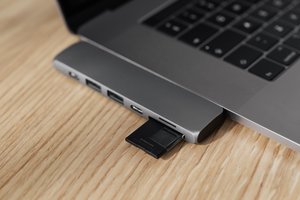 Clearing up space and an external drive relieves your Mac from storing huge files. Using the Mac internal hard drive and external hard drives, you can quickly find identical files, even those with different names. With this free tool for the Mac, you can see which programs extract the most computing power from your computer and which do not. Remove everything you don’t need by clicking on the checkbox next to each item and then clicking the “Remove” button at the bottom of the screen.
Clearing up space and an external drive relieves your Mac from storing huge files. Using the Mac internal hard drive and external hard drives, you can quickly find identical files, even those with different names. With this free tool for the Mac, you can see which programs extract the most computing power from your computer and which do not. Remove everything you don’t need by clicking on the checkbox next to each item and then clicking the “Remove” button at the bottom of the screen.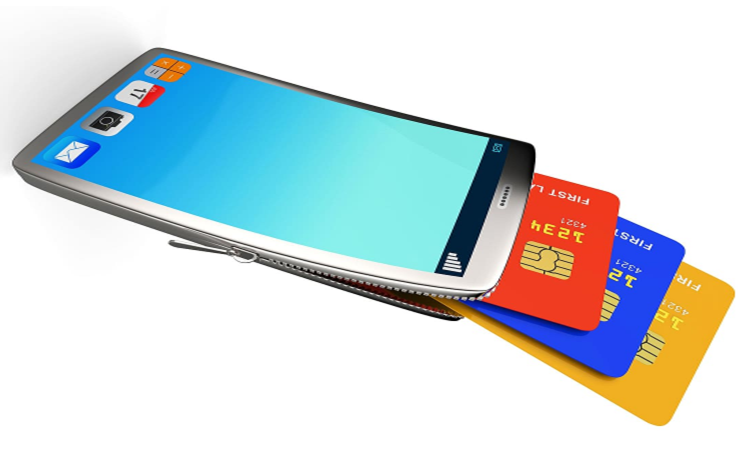



 In some countries, there are specialized platforms to accommodate car trade online. For instance, in the UK, there is the DVLA, which stands for Driver and Vehicle Licensing Agency. You can check the ownership status of a used car online. And once you buy one, you can learn
In some countries, there are specialized platforms to accommodate car trade online. For instance, in the UK, there is the DVLA, which stands for Driver and Vehicle Licensing Agency. You can check the ownership status of a used car online. And once you buy one, you can learn  The biggest advantage of buying a car online is you don’t have to deal with the sales representative in person. They have trained themselves to persuade people for years, and the chances are that you may get swayed into making a purchase even though it is actually not a good deal.
The biggest advantage of buying a car online is you don’t have to deal with the sales representative in person. They have trained themselves to persuade people for years, and the chances are that you may get swayed into making a purchase even though it is actually not a good deal.
 In this case, you need a virtual fax number that can redirect the incoming faxes to your Gmail inbox. You can receive faxes as PDFs, images, word documents, and more. You can get this number from Google fax service providers. Remember that the fax services provide you with an opportunity to choosing between toll-free and local number when you sign up. Also, the type of business you are running will determine your needs.
In this case, you need a virtual fax number that can redirect the incoming faxes to your Gmail inbox. You can receive faxes as PDFs, images, word documents, and more. You can get this number from Google fax service providers. Remember that the fax services provide you with an opportunity to choosing between toll-free and local number when you sign up. Also, the type of business you are running will determine your needs. As noted above, Google Fax Services ensure that all your documents are private and secure thanks to the encryption technology and advanced protection. Thus, communicating through Gmail fax is more reliable as compared to doing so through a fax machine. You will not run into issues such as missed faxes, phone lines, and dreaded paper jams.
As noted above, Google Fax Services ensure that all your documents are private and secure thanks to the encryption technology and advanced protection. Thus, communicating through Gmail fax is more reliable as compared to doing so through a fax machine. You will not run into issues such as missed faxes, phone lines, and dreaded paper jams.
 Having a lot of data stored in your Mac can slow its speed. Thus, there is a need to lighten the load on the Mac. In this way, you can be sure to increase its speed. The best way to fix this problem is by cleaning up the hard drive. However, this may not be as easy as it sounds. The truth is that you have a lot of things in the hard drive that you do not need. For instance, you may have old movie files that you no longer need. Before cleaning the system, you need to figure out the staff you do not require and then remove it safely.
Having a lot of data stored in your Mac can slow its speed. Thus, there is a need to lighten the load on the Mac. In this way, you can be sure to increase its speed. The best way to fix this problem is by cleaning up the hard drive. However, this may not be as easy as it sounds. The truth is that you have a lot of things in the hard drive that you do not need. For instance, you may have old movie files that you no longer need. Before cleaning the system, you need to figure out the staff you do not require and then remove it safely. Ideally, when you start your Mac, several things can load up in the background. Other than slowing down your startup, they will continue slowing down everything when you are using your Mac. In this case, you need to offer your Mac a clean start and ensure it runs faster. If you fail to manage your startup items, it is like making the Mac run a sprint with a book-filled backpack.
Ideally, when you start your Mac, several things can load up in the background. Other than slowing down your startup, they will continue slowing down everything when you are using your Mac. In this case, you need to offer your Mac a clean start and ensure it runs faster. If you fail to manage your startup items, it is like making the Mac run a sprint with a book-filled backpack.

 Outsourcing tasks is only possible if the infrastructure of the surrounding environment is developed enough. Besides, the Internet is heavily responsible for this new model of hiring. There are many kinds of outsourcing companies, but the most useful ones for you will be a server-hosting service, chatbot for customer service, and cloud service.
Outsourcing tasks is only possible if the infrastructure of the surrounding environment is developed enough. Besides, the Internet is heavily responsible for this new model of hiring. There are many kinds of outsourcing companies, but the most useful ones for you will be a server-hosting service, chatbot for customer service, and cloud service. Repeating the same thing over and over again is wasting your precious time. Instead, why don’t you make yourself and your employees accustomed to instructional podcasts/videos?
Repeating the same thing over and over again is wasting your precious time. Instead, why don’t you make yourself and your employees accustomed to instructional podcasts/videos?

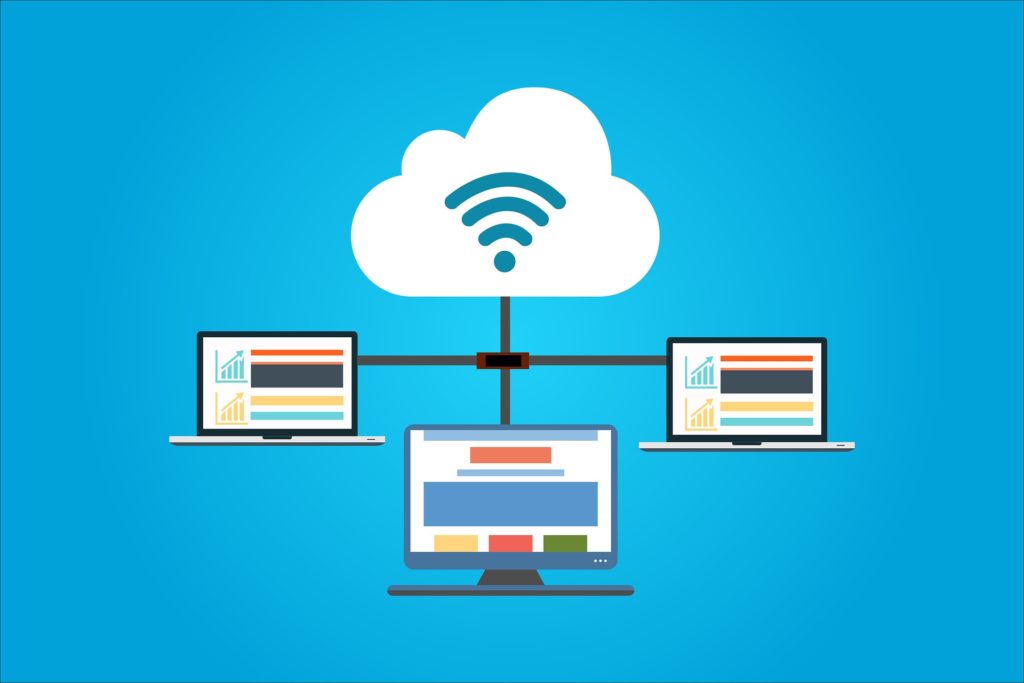


 Multiple File Conversion Options
Multiple File Conversion Options
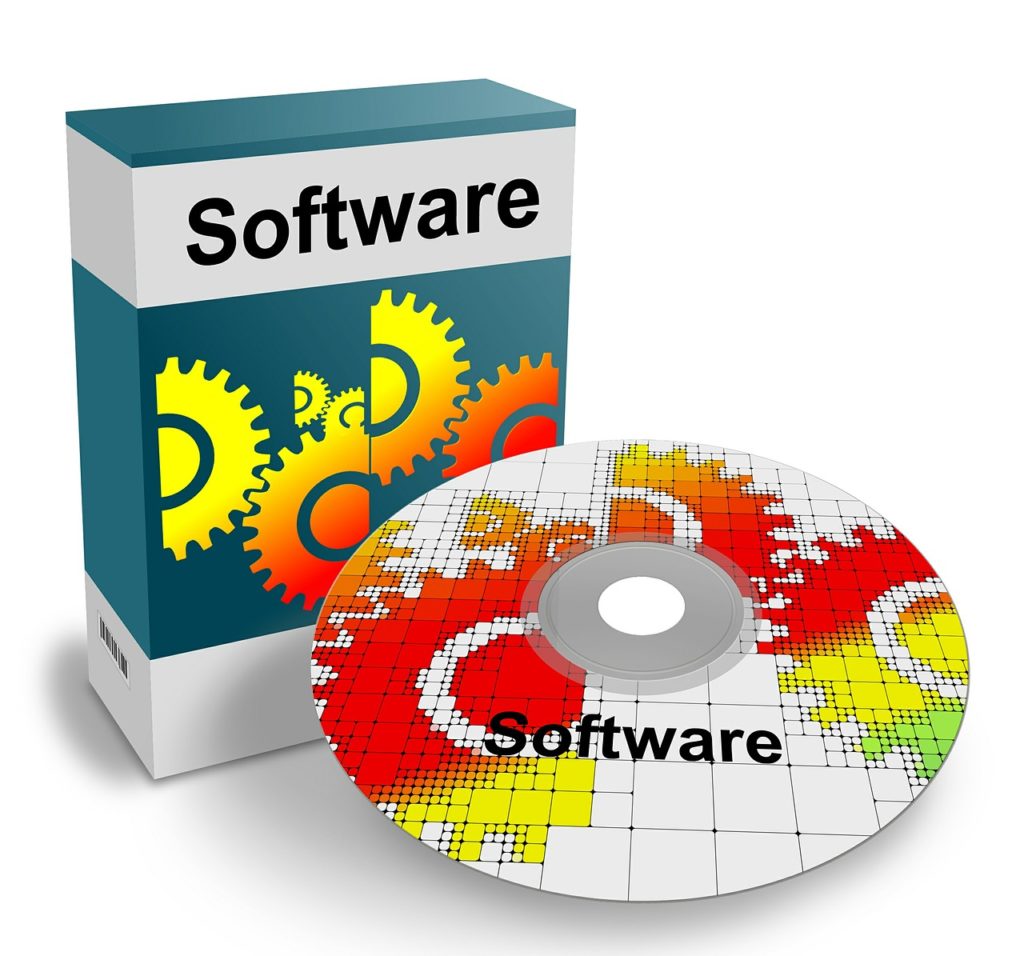
 Good software is the one that is easy to use. You do not buy software that requires a lot of deep training for your employees to be able to use. Some developers just make their systems so complex so that whenever you have a problem, you pay them to help rectify the problem. Those are the type of software that you need to avoid by all means possible because they are just not good for you. A good system should be easy to use. However, it is used should never be too simple to create boredom whenever it is being used.
Good software is the one that is easy to use. You do not buy software that requires a lot of deep training for your employees to be able to use. Some developers just make their systems so complex so that whenever you have a problem, you pay them to help rectify the problem. Those are the type of software that you need to avoid by all means possible because they are just not good for you. A good system should be easy to use. However, it is used should never be too simple to create boredom whenever it is being used.